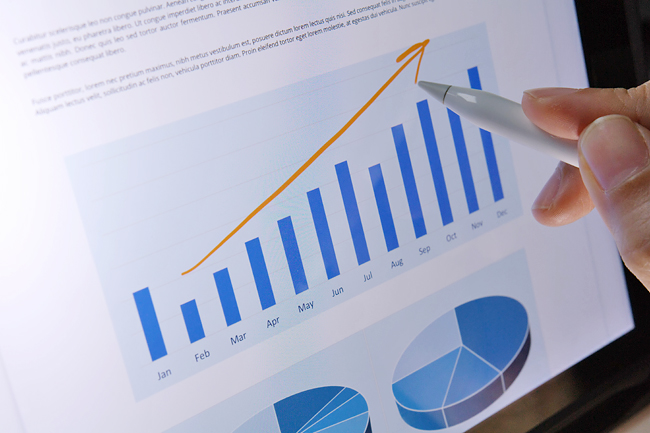Brunei economy projected to grow, says report
Brunei’s economy is projected to be 2.5 per cent this year and 2.8 per cent next year, according to the Asian Development Outlook (ADO) April 2023 released recently while inflation stood at two per cent and 1.6 per cent this year and 2024 respectively.
The International Monetary Fund (IMF) in its recent annual World Economic Outlook expects the Sultanate’s economy to grow 3.3 per cent this year and 3.5 per cent next year.
IMF also said growth projection five years ahead has also shown that Brunei’s economy is forecast to be 3.1 per cent in 2028.
Meanwhile, the ASEAN+3 Regional Economic Outlook (AREO) 2023 also said the Sultanate’s gross domestic product growth is forecast to be 2.8 per cent this year and 2.6 per cent next year.
It said the resumption of economic activities has provided the impetus for the non-oil and gas (O&G) sector to recover, particularly the services sector.
The country has also benefitted from higher O&G earnings, helping to improve the external position and restore fiscal buffers. Continuing diversification in the non-O&G sector, and faster structural reforms, will help foster resilience and place the economy on a more solid footing in the longer term.
In the report, the Asian Development Bank (ADB) forecasts faster growth for developing economies in Asia and the Pacific this year, as the continued easing of pandemic restrictions boosts consumption, tourism, and investment.
China’s re-opening, as it pivots away from its zero-COVID strategy, is the main factor brightening the region’s growth prospects.
Economies in Asia and the Pacific are projected to grow 4.8 per cent this year and next year, improving on the 4.2 per cent growth rate in 2022.
Excluding China, developing Asia is expected to grow 4.6 per cent this year and 5.1 per cent in 2024. The region’s inflation, meanwhile, is forecast to moderate gradually toward pre-pandemic levels, though there is considerable variation across economies.
Improved consumption and investment are boosting recovery in many regional economies, offsetting the impacts of elevated food and energy prices caused by the situation in Ukraine and other global headwinds. Tourism and remittances are trending upward as pandemic restrictions ease further. In many tourism-dependent economies, visitor arrivals are steadily improving toward pre-pandemic levels.
Risks to the outlook persist, however. A protracted or escalated situation in Ukraine could stoke renewed spikes in commodity prices and global inflation and induce further monetary tightening. Tighter global financial conditions, combined with the increase in debt over the past decade and during the pandemic, have elevated financial stability risks, as evidenced by the recent banking sector turmoil in the United States and Europe. These risks must be carefully monitored and proactively addressed, according to the report.
“Prospects for economies in Asia and the Pacific are brighter, and they’re poised for a strong recovery as we return to normalisation following the pandemic,” said ADB Chief Economist Albert Park.
“People are starting to travel again for leisure and work, and economic activities are gathering pace. Because many challenges remain, governments in the region need to stay focussed on policies that support stronger cooperation and integration to promote trade, investment, productivity, and resilience.”
With the lifting of the zero-COVID strategy in December last year, China’s economy is expected to grow five per cent this year and 4.5 per cent in 2024, compared with 3.0 per cent growth in 2022. India, meanwhile, is forecast to expand by 6.4 per cent this year and 6.7 per cent next year, due to healthy domestic demand.
Strong tourism performance and robust domestic demand are boosting Southeast Asian economies like Indonesia, the Philippines, and Vietnam, with the subregion projected to grow by 4.7 per cent this year and 5.0 per cent in 2024.
Economies in the Caucasus and Central Asia can also expect steady growth, with the subregion forecast to expand by 4.4 per cent this year and 4.6 per cent in 2024. Continued reopening and tourism recovery are supporting growth in the Pacific, with expansion likely to reach 3.3 per cent this year before moderating to 2.8 per cent in 2024.
Regional inflation will decelerate to 4.2 per cent in 2023 and 3.3 per cent in 2024 after reaching 4.4 per cent last year. Fading supply chain pressures, tighter monetary conditions, and declining though still elevated commodity prices are expected to shape developing Asia’s inflation outlook.
Source: https://borneobulletin.com.bn/brunei-economy-projected-to-grow-says-report/


 English
English




